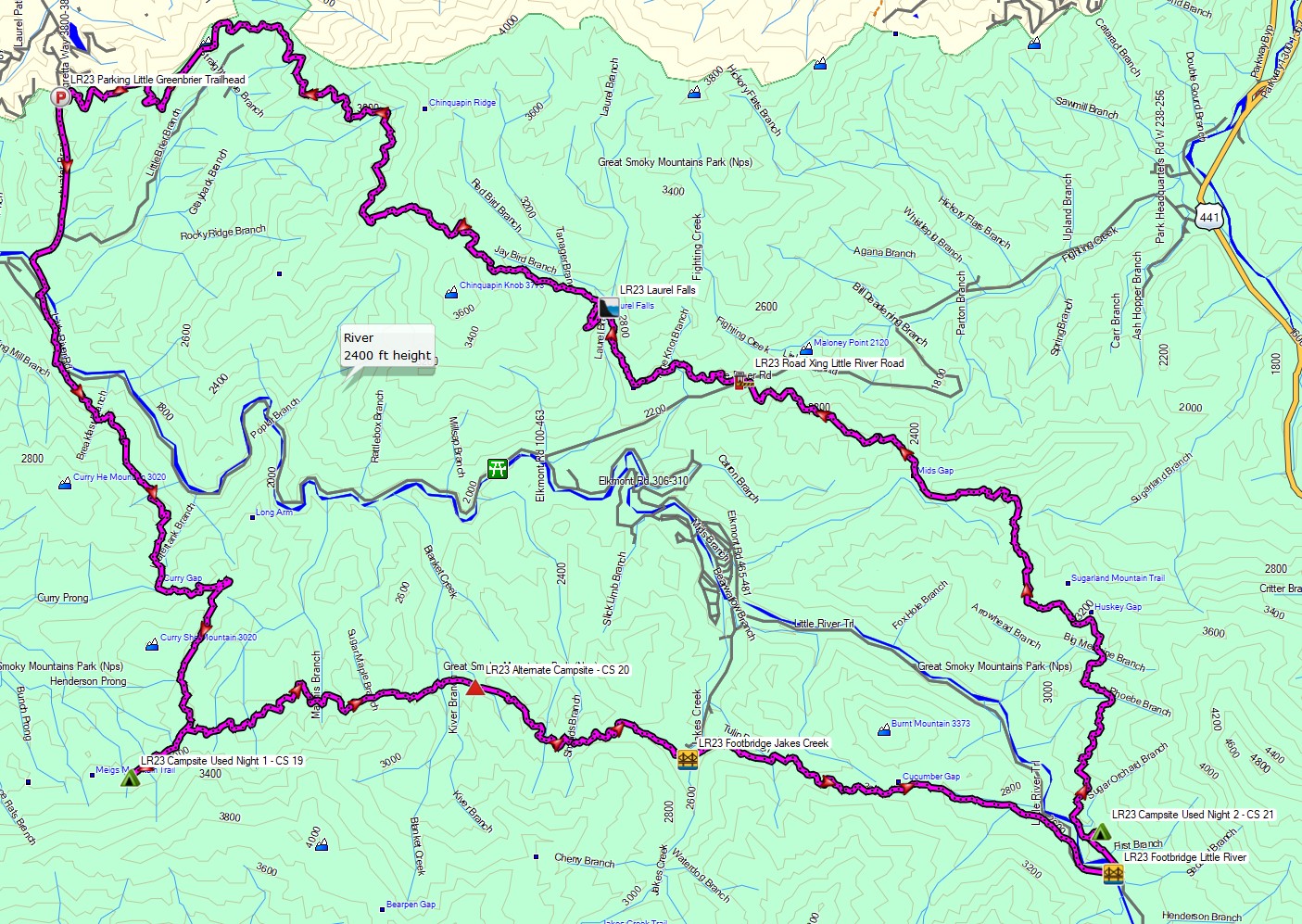Join me for 3 days of Hammock Camping, Backpacking and Camp Cooking in the Wetlands of South Carolina.
For this off the beaten path backpacking trip, I headed down to South Carolina’s lone National Park. Located roughly 100 miles west of coastal Charleston, South Carolina, Congaree National Park is a dense wetland providing a rich habitat for dwarf palmettos, towering loblolly pines, cypress trees, wild hogs, owls, bobcats, and even the occasional alligator.
While often referred to as a swamp, Congaree National Park is actually a floodplain old growth bottomland hardwood forest. With an average canopy height in excess of 100 feet, it’s the tallest deciduous forest in the world. To put that in perspective, that’s taller than even the Amazon Rainforest.
For sleep and shelter I packed in a new hammock with integrated bottom insulation, a 40 degree top quilt to deal with the unseasonably cold winter temps, and my ultralight backpacking tarp. According to the forecast, I would most likely be able to skip the tarp, but I still brought it along as a backup, just in case some rain popped up at night.
My backpacking food consisted of some “real” food for camp cooking, a handful of typical backpacking snacks, and a military issued surplus MRE (meal ready to eat) for a little variety and fun.
A free permit is required for backcountry camping in Congaree National Forest, and you must specify a specific zone for each night. To keep things interesting, I chose Zone 9 for both nights. In addition to being the largest zone, a unique thing about Zone 9 is that it has no actual trails. This allowed be to do a bit of a “choose your own adventure” experience. I could explore and navigate freely based on the everchanging flood zones in Congaree NP as came across them.
I had a rough plan to set up camp at a historical site know as Cooner’s Cattle Mount if I could find it. I saw this listed on an old map, but information was scarce online. In fact, the South Carolina Department of Archives and History report actually redacted the actual site location. Luckily, I could simply camp wherever else I saw fit if I didn’t manage to find it.
I also used some LIDAR maps (also known as “Shaded Relief Maps” on Caltopo) to do a little historical scavenger hunting on this trip. LIDAR is a form of ground penetrating radar that allows you to see through the trees to identify anomalies on the ground such as water flows, unnamed trails, and even the remnants of long forgotten structures.
Trailhead Used
Kingsnake Trailhead
Gadsden, SC 29052
33°49’09.7″N 80°47’16.2″W
While not actually located in Zone 9, the Kingsnake trail offers a gravel parking area and convenient access to Zone 9 after hiking south for a couple of miles or so.
Season / Time of Year
Winter – February
FTC Disclosure: This post contains affiliate links, which means I may receive a commission for purchases made through some of my links.
Notable Backpacking Gear Used on this Trip
- Dutchware Gear Quilted Chameleon Hammock
- Hammock Gear 40° Top Quilt
- OV Shadowlight Ultralight Backpack
- OV Satu Adventure Pants
- OV NovaPro Jacket
- RevolutionRace Campfire Shirt
- Toaks 750ml Titanium Pot
- Titanium Long Handled Spork
- Benchmade Bugout Folding Knife
- Nitecore NU25 Headlamp
- Spot X Satellite Messenger
- La Sportiva Wildcat Trail Running Shoes
- Katadyn BeFree Water Filter

